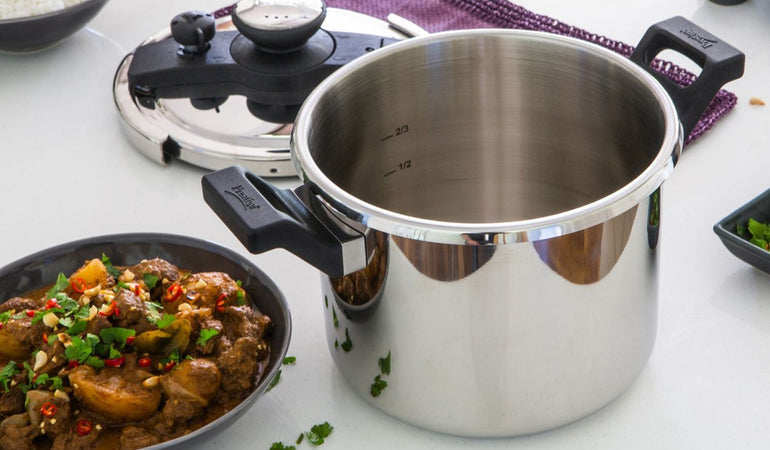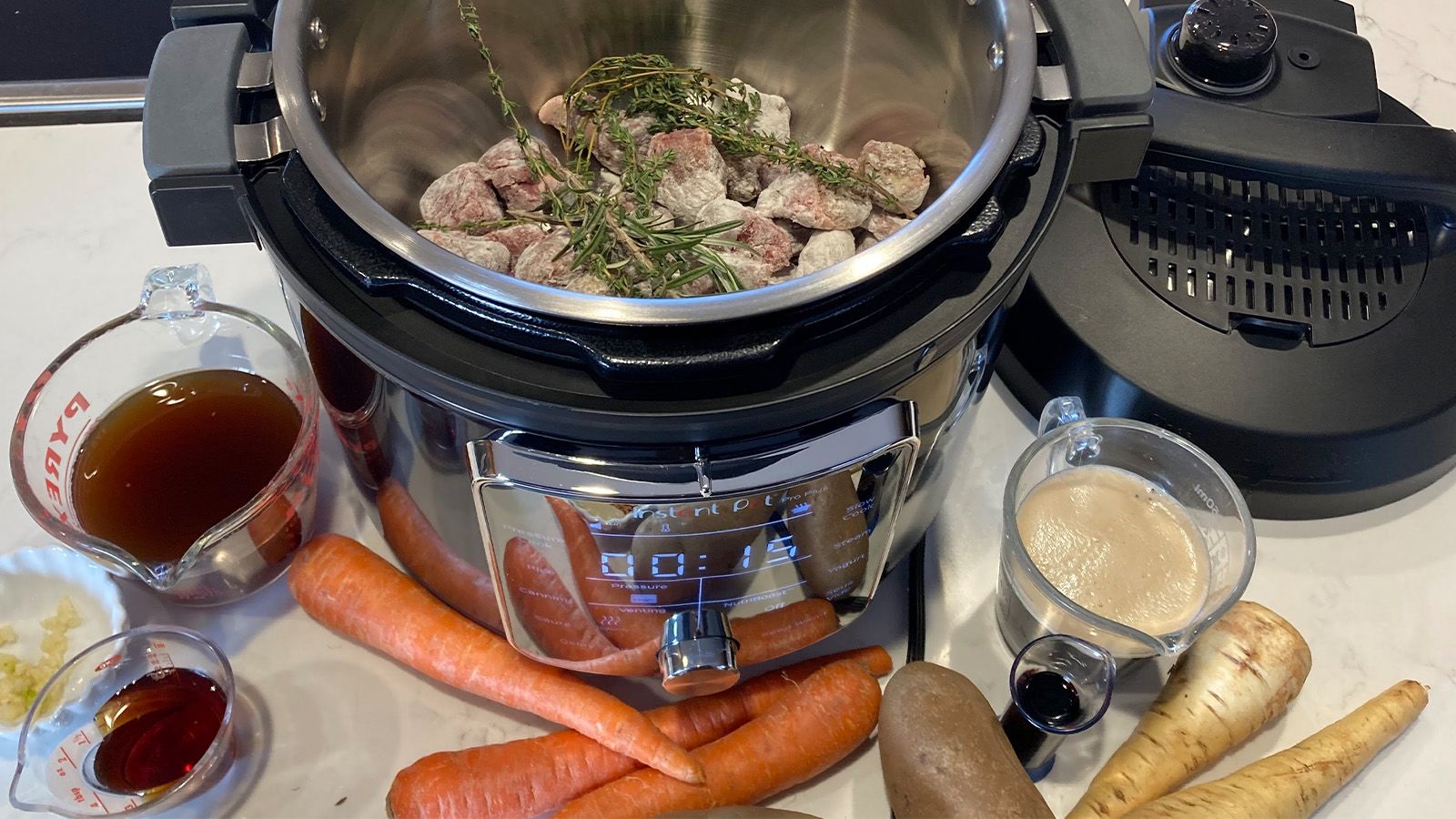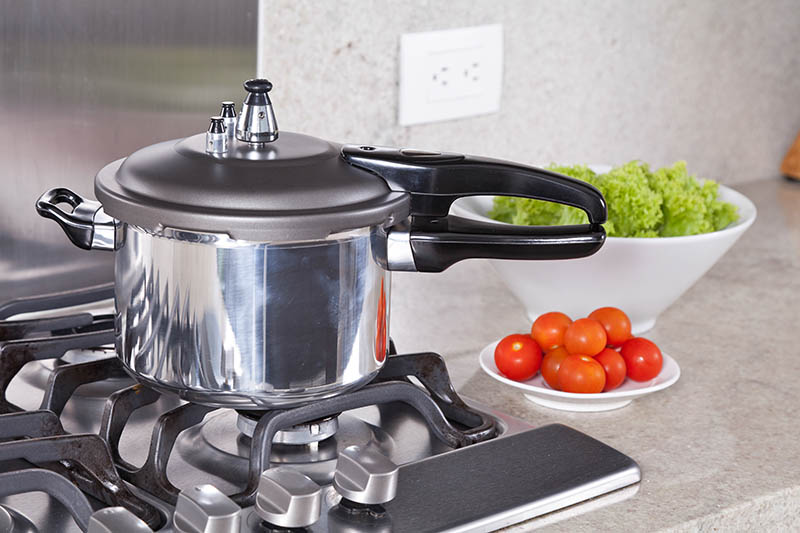Mastering the Art of Cooking Beans in a Pressure Cooker Without Soaking: A Comprehensive Guide
Written By James Morgan
Are you curious about how to cook beans in a pressure cooker without soaking? Whether youre a seasoned cook or a beginner, this technique can save you time and effort while still delivering delicious, perfectly cooked beans. In this extensive guide, well delve into the step-by-step process, provide tips and tricks, and explore the tools youll need to master this method.
As an Amazon Associate, I earn from qualifying purchases.

Why Cook Beans in a Pressure Cooker Without Soaking?
Cooking beans without soaking them first is a game-changer, especially if youre an impulsive cook who doesnt necessarily plan meals days ahead. The no-soak method is not only a huge timesaver, but it also ensures that you can still enjoy a hearty meal even when you havent prepared your ingredients in advance. Traditionally, beans require several hours of soaking to soften. This step is not only time-consuming but also a barrier to entry for many people who often forget to soak their beans or decide to cook them spur-of-the-moment.
Pressure cooking eliminates this hurdle because high pressure accelerates the breaking down of fibers in beans, making them edible without pre-soaking. This method saves precious time and helps retain some of the flavor that might be lost during soaking. Additionally, cooking beans under pressure shortens the cooking time considerably compared to traditional methods like stovetop simmering or using a slow cooker. This is especially advantageous for busy individuals or families looking to put a wholesome meal on the table quickly.

The Science Behind Cooking Beans in a Pressure Cooker
Understanding the science behind cooking beans in a pressure cooker can help you achieve perfect results every time. When beans are subjected to high heat and pressure, the temperature inside the cooker can exceed boiling point, typically around 250 degrees Fahrenheit. This accelerated cooking environment breaks down the hard outer skin and softens the beans' interiors faster than conventional cooking methods. Because the process occurs in a sealed environment, this reduces the risk of the beans bursting, which can happen when they are boiled at high temperatures on a stovetop.
Moreover, pressure cooking helps to lock in flavors and nutrients that may be lost in other cooking methods. The sealed nature of the pressure cooker prevents the evaporation of volatile flavor compounds, thereby preserving the distinct tastes of the beans. Nutrient retention is another highlight, as water-soluble vitamins and minerals remain intact. Therefore, this method is not just a time-saver but also a healthier and tastier way to cook beans.

Ingredients You'll Need
- 1 pound of dried beans (any variety)
- 6 cups of water
- 1 tablespoon of vegetable oil
- 1 teaspoon of salt
- Optional: bay leaf, garlic clove, chopped onion, and other seasonings for added flavor

Tools You'll Need
Step-by-Step Cooking Process
Step 1: Rinse the Beans
To begin with, rinse the dried beans under cold running water. This step is crucial to remove any dirt, dust, or debris that may be present. Place the beans in a colander and rinse them thoroughly. Its also a good idea to sort through the beans to remove any stones or broken pieces. Remember, the type of beans you choosewhether its black beans, kidney beans, or chickpeasdoesnt affect this rinsing process, as it is universal across all varieties.
Step 2: Prepare the Pressure Cooker
Next, prepare your pressure cooker. Add the rinsed beans to the pressure cooker pot. For every pound of beans, youll need about six cups of water. The water ensures that the beans are adequately covered, which is essential for even cooking. Additionally, it prevents the beans from burning on the bottom of the cooker. At this point, you can also add a tablespoon of vegetable oil. The oil helps in reducing foam formation during cooking.
Step 3: Add Seasonings
Seasonings can elevate the taste of your beans significantly. You can add a teaspoon of salt, but avoid adding acidic ingredients like tomatoes or vinegar initially, as they can toughen the beans. Instead, consider adding a bay leaf, a garlic clove, and some chopped onion for extra flavor. These ingredients are optional but highly recommended to infuse the beans with a rich, savory taste.
Step 4: Cook the Beans
Now, its time to cook the beans. Secure the lid of the pressure cooker in place and set it to high pressure. It usually takes around 25 to 30 minutes to cook unsoaked beans, but this can vary based on the type and size of the beans. For instance, smaller beans like black beans might take closer to 20 minutes, while larger beans like chickpeas could take up to 40 minutes. Consult the manual of your specific pressure cooker for more precise cooking times. For further guidance, you can also check out this WikiHow article.
Step 5: Release the Pressure
Once the cooking time is complete, its crucial to release the pressure safely. You can use the natural release method, which allows the pressure to decrease gradually. This typically takes about 15 to 20 minutes and helps prevent the beans from bursting. Alternatively, you can use the quick release method, but be cautious as hot steam will escape rapidly. Once the pressure has fully released, carefully open the lid.
How to Get the Desired Bean Texture
Achieving the perfect texture is one of the highlights of using a pressure cooker. If you prefer firmer beans, opt for a shorter cooking time. On the other hand, for softer, creamier beans, extend the cooking time by a few minutes. Its important to note that beans will continue to soften slightly after cooking as residual heat further breaks them down. Therefore, its advisable to err on the side of undercooking if youre unsure. You can always cook them a bit longer, but overcooked beans cant be undone.
Flavor Enhancements and Additional Tips
To elevate your pressure-cooked beans without soaking, consider some additional flavor enhancements. Pair your beans with smoky meats like bacon or ham hocks for a deeply savory experience. Alternatively, vegan readers can opt for smoked paprika or liquid smoke to add that coveted smoky aroma. You can also mix in fresh herbs like cilantro or parsley once the beans are done cooking for a burst of freshness. Experimenting with different spice blends such as cumin, chili powder, or turmeric can lead to exciting new flavor combinations.
Storing and Reheating Your Pressure-Cooked Beans
Storing your cooked beans properly ensures they remain fresh and tasty. Allow the beans to cool to room temperature before transferring them to airtight containers. They can be stored in the refrigerator for up to a week or frozen for longer-term storage. When youre ready to use them, thaw the beans in the refrigerator overnight if theyve been frozen. Reheat them in a saucepan over medium heat, adding a splash of water or broth to prevent them from drying out. Properly stored beans are incredibly versatile and can be incorporated into a wide range of dishes including salads, soups, stews, and casseroles.
Why This Method is a Game-Changer
The ability to cook beans in a pressure cooker without soaking them first is a game-changer for many reasons. It eliminates the need for advance planning, so you can whip up a nutritious meal on a whim. This method also retains more nutrients and flavors compared to traditional cooking methods. The efficiency of a pressure cooker cuts down on energy usage, making it a more sustainable choice for eco-conscious cooks. Furthermore, the consistent results mean you can rely on this method time and again for perfectly cooked beans.
Recommended Cookware and Cleaners
To keep your kitchen running smoothly, its essential to maintain your tools properly. Here are some recommended products:
In conclusion, knowing how to cook beans in a pressure cooker without soaking opens up endless culinary possibilities. Its a skill that every home cook should master, providing both convenience and delicious results. With the steps outlined in this guide, youre well on your way to becoming a pressure cooker bean expert.
As an Amazon Associate, I earn from qualifying purchases.



